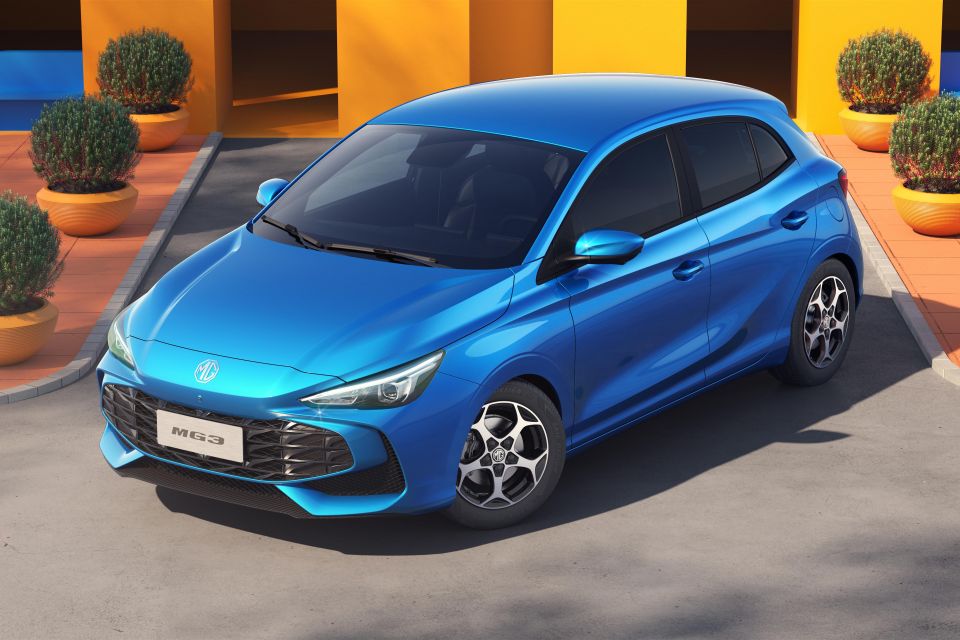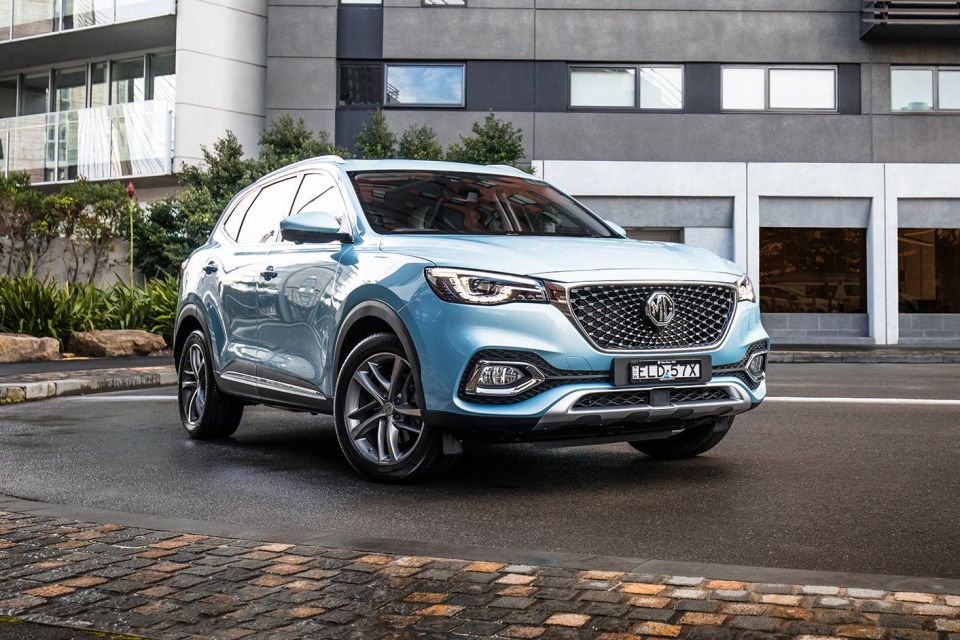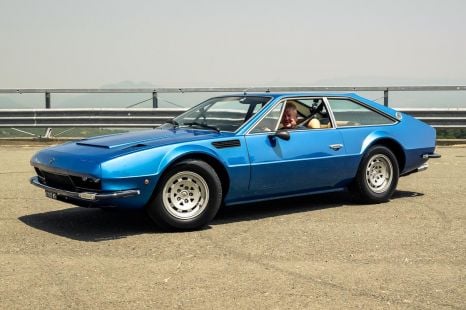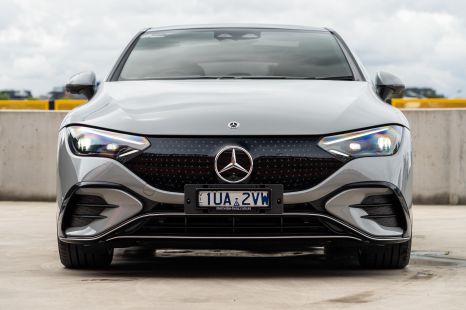

Paul Maric
This Tesla self-drove me 50km to Bunnings on its own (almost)
5 Days Ago

News Editor
MG Motor Australia says it “strongly supports” the Australian Government’s preferred option for its proposed New Vehicle Efficiency Standard (NVES).
“With the majority of the international car market already covered by fuel efficiency standards, we are fully supportive of Australia’s move to help provide consumers with cleaner and more affordable cars to own and run,” said MG Motor Australia CEO Peter Ciao.
“The standard is a win for customers with rising costs of living and a win for our extensive dealer network who can do their bit to reduce emissions in their local communities in line with Australia’s commitment to decarbonise.
“We know that change is never easy and it took a lot of initiative from the Government to make such a move but we also know that having a strong fuel efficiency standard will not only help reduce household costs but also provide healthier neighbourhoods.”

MG says it plans to offer at least one electric or hybrid option in every segment it competes in.
It already has the electric MG 4 (a small car) and ZS EV (a small SUV), plus the plug-in hybrid HS Plus EV (mid-sized SUV).
In July, it will launch the new-generation MG 3 which will offer a hybrid for the first time, while it has also confirmed the electric Cyberster convertible for Australia.
Under the NVES, which the Government wants to come into effect on January 1, 2025, carmakers will be given targets for average CO2 emissions per kilometre across their vehicle fleets.

Over time this CO2 target will move, forcing companies to provide vehicles with lower or zero emissions to meet stricter targets.
The Federal Government has put forward three potential options: Option A, which would be a slow start; Option B; which it calls “strong, ambitious and achievable”; and an “aggressive” Option C.
In the Government’s preferred Option B, the penalty for carmakers would be $100 per g/km over their target.
If companies meet or beat their CO2 target, they’ll receive credits. If they miss it, they can either trade credits with a different supplier, make it up over a set period, or pay a penalty.

There would be two vehicle categories: one for passenger vehicles and all SUVs; the other for utes, large pickups and vans.
It would target a total reduction in CO2 intensity between 2024 and 2029 of 61 per cent for passenger vehicles and 62 per cent for LCVs, with average annual reductions of 12.2 and 12.4 per cent, respectively.
Credits would last for three years, and unlike the more lenient Option A there would be no option to pool credits with other brands, nor would there be “super credits” whereby electric vehicles and plug-in hybrids would be counted more than once to help further offset less-efficient vehicles.
Manufacturers such as Toyota, Ford and Volkswagen have said they support an emissions scheme but have called for amendments to Option B, including incorporating elements from Option A.

MORE: Ford wants incentives, concessions under Australian emissions regulations MORE: Toyota’s wish list for new Australian emissions regulations MORE: Volkswagen quits lobby group committee, reiterates support for emissions regulations MORE: Isuzu sounds alarm on new government emissions regulations MORE: Nissan backs new emissions laws but calls for incentives, regulatory reform MORE: GMSV backs emissions rules as new electric cars arrive to offset V8s MORE: Mitsubishi: Emissions standards can’t forget about ‘middle Australia’ MORE: Carmakers, lobby groups go to war over cost of emissions standards to new car buyers MORE: Climate lobby backs Australian emissions standards, but data leaves more questions than answers MORE: Hyundai backs tough emissions standard for Australian new cars MORE: Mazda pumps the brakes on Australian efficiency standards, calls for subsidies MORE: Car industry cautious about Australia’s proposed vehicle efficiency standards
Where expert car reviews meet expert car buying – CarExpert gives you trusted advice, personalised service and real savings on your next new car.
William Stopford is an automotive journalist based in Brisbane, Australia. William is a Business/Journalism graduate from the Queensland University of Technology who loves to travel, briefly lived in the US, and has a particular interest in the American car industry.


Paul Maric
5 Days Ago


Anthony Crawford
4 Days Ago


Max Davies
3 Days Ago


James Wong
2 Days Ago


James Wong
1 Day Ago


Damion Smy
16 Hours Ago